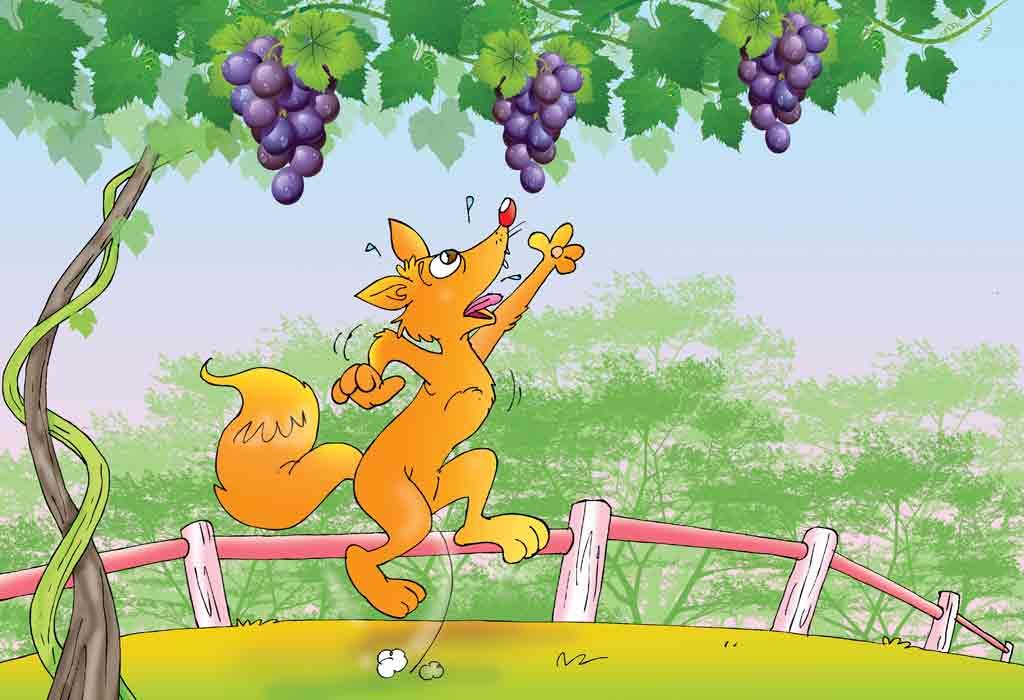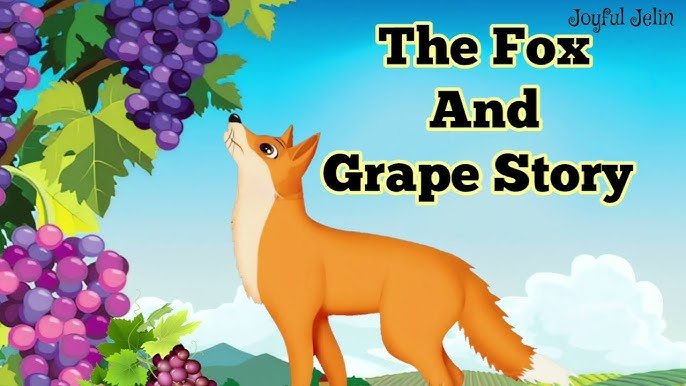What appears as a simple children’s story about a fox walking away from unreachable grapes actually represents one of the most psychologically astute observations about human nature ever recorded. The fable of The Fox and the Grapes, attributed to Aesop in 6th century BCE Greece, contains layers of meaning that modern psychologists would only formally recognize 2,500 years later as “cognitive dissonance” – the mental discomfort experienced when holding contradictory beliefs. In the classic tale, a hungry fox jumps repeatedly for luscious grapes hanging just beyond reach, eventually giving up while declaring “They’re probably sour anyway.” This moment of sour grapes rationalization masks the fox’s shame of failure with false indifference, a behavior pattern so universal that versions exist from ancient India (as a jackal and mangoes) to Cherokee folklore (a rabbit and persimmons).
The original Greek context reveals deeper social commentary – Aesop, a slave, likely crafted this as subtle satire about aristocracy’s unattainable privileges. Historical records suggest the fable was used in Athenian symposiums to mock politicians who criticized what they couldn’t obtain, while Roman Stoics reinterpreted it as a lesson in desire management. Medieval illuminations often depicted the grapes as purple (symbolizing royal excess), and Renaissance versions showed the fox wearing scholar’s robes, suggesting even intellectuals rationalize failures.
Modern science confirms the fable’s psychological accuracy. Leon Festinger’s 1957 cognitive dissonance theory experimentally proved what Aesop intuited – humans will change their attitudes (like devaluing the grapes) to reduce mental conflict between desire and reality. Behavioral economists now call this “sour grapes bias,” a subconscious defense mechanism affecting decisions from shopping to stock trading. fMRI studies show the fox’s resignation activates the same brain regions as physical pain relief, proving how rationalization literally soothes us.
The grapes themselves hold symbolic weight – in ancient Mediterranean cultures they represented both divine abundance (Dionysus) and earthly temptation (Tantalus’ myth), making their inaccessibility particularly potent. Few realize the original Greek text specified “unripe” grapes, adding nuance – were they truly sour, or was the fox’s perception distorted by frustration? This ambiguity fuels the fable’s enduring debate: is the fox foolish for giving up, or wise for moving on?

The characters embody profound archetypes. The fox represents the universal struggler – clever enough to recognize opportunity but limited by physical constraints. Unlike other fable animals punished for flaws, this fox’s “sin” is universal human coping. The grapes symbolize any coveted but unattainable goal – a promotion, romantic interest, or social status. Even the unseen vineyard owner plays a role, representing life’s arbitrary barriers. The vertical composition (low fox, high grapes) visually reinforces power dynamics seen in everything from class struggle to workplace hierarchies.
Historically, the fable served surprising purposes. 18th century French revolutionaries used “sour grapes” as code for unattainable aristocratic privileges. Victorian educators altered the ending to have the fox persist and succeed, reflecting industrial-era values. Modern iterations appear everywhere – a Silicon Valley version circulates where the fox calls the grapes “disruptive” before launching a grape competitor. The story’s adaptability stems from its core tension between aspiration and rationalization, a conflict magnified in today’s social media age of curated envy.
Psychological applications abound. Therapists use the fable to explain defense mechanisms, career coaches reference it when clients downplay missed opportunities, and marketers study how consumers devalue sold-out products. The Japanese concept of “yokubari” (excessive desire) parallels the fox’s struggle, while the Danish “law of Jante” echoes its self-diminishing resolution. Even children’s development mirrors the fable – studies show kids as young as 3 will reject toys they can’t access, while teens demonstrate sophisticated “sour grapes” reasoning about social exclusion.
What makes this fable eternally relevant is its uncomfortable truth: we are all the fox sometimes. In an era of FOMO and infinite scrolling envy, Aesop’s grapes now represent Instagram-perfect lives we can’t “reach.” The story’s genius lies in neither condemning nor praising the fox, but simply observing a universal coping strategy – making it perhaps the most psychologically accurate fable ever told. From ancient slave to modern smartphone user, its message endures: when reality disappoints, our minds will rewrite it to help us walk away.
Go to main page


